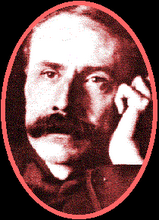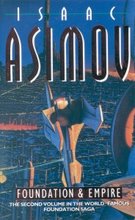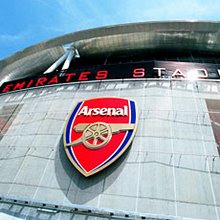
Ceramic option fitted by Science Daily.
Mathematicians from the
The team’s model shows the impact of unexpected events such as a lorry pulling out of its lane on a dual carriageway. Their model revealed that slowing down below a critical speed when reacting to such an event, a driver would force the car behind to slow down further and the next car back to reduce its speed further still. The result of this is that several miles back, cars would finally grind to a halt, with drivers oblivious to the reason for their delay.
The model predicts that this is a very typical scenario on a busy highway. The jam moves backwards through the traffic creating a so-called 'backward travelling wave', which drivers may encounter many miles upstream, several minutes after it was triggered.
According to the model, heavy traffic will not automatically lead to congestion but can be smooth-flowing. This model takes into account the time-delay in drivers' reactions, which lead to drivers braking more heavily than would have been necessary had they identified and reacted to a problem ahead a second earlier.
Dr Gábor Orosz of the
I'm not sure if there is any practical benefit to be drawn from the research. I think most could have guessed the cause and effect going on here anyway. But I'm sure that the roads to and from Exeter will be nigh on grid locked as undergrads will be braking slightly harder than is absolutely necessary for months to come.














1 comment:
Isn't most of this pretty old news? The practical benefit is that cutting the speed limit usually means people have more reaction time and so break less harshly, hence the 50 mph speed limits on motorways at rush hour, which counter-intuitively increases the number of cars that can use the motorway.
Post a Comment